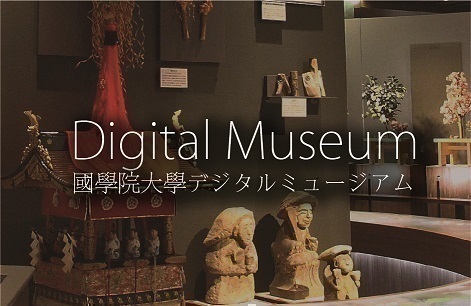- トップ
- Encyclopedia of Shinto
- Amenokagoyama
Encyclopedia of Shinto
| Main Menu: | |
| Links: |
詳細表示 (Complete Article)
| カテゴリー1: | 2. Kami (Deities) |
|---|---|
| カテゴリー2: | Kami in Classic Texts |
| Title | Amenokagoyama |
| Text | [Ame no kagoyama no mikoto] (Kuji hongi) Other names: Ama no kagoyama(Kuji hongi)Kumano no Takakuraji (Kojiki, Nihongi), Takakuraji no mikoto, Tekurihiko no mikoto(Kuji hongi). A kami which presented the sword Futsu no mitama to the emperor Kamuyamatoiwarebiko (Jinmu Tennō). By this act he helped save Jinmu and his army after they had fallen unconscious from the poison emitted by "rough kami" at Kumano. Takakuraji had the following dream: Amaterasu and Takagi no kami (Takamimusuhi) requested Takemikazuchi to assist the Heavenly Grandchild in subduing the Central Land of Reed Plains, but Takemikazuchi replied that rather than going himself, he would open a hole in the storehouse of Takakuraji, drop in the sword Futsu no mitama, and have that sword presented to the emperor by Takakuraji. When Takakuraji awoke, he found the sword just as the dream had foretold, and bore it to the fallen Emperor Jinmu. The emperor and his forces opened their eyes, and were enabled to subdue the rough deities. According to Sendai kuji hongi, Amenokagoyama was born in heaven as the child of Nigihayahi and Amenomichihime, and was the elder brother of Umashimaji no mikoto, who in turn was the ancestral kami (sojin) of the earth-born clan Mononobe no Muraji. He descended from heaven together with his father, and adopted the names Tekurihiko and Takakuraji no mikoto. He took for wife his younger sister by a different mother, Hoyahime no mikoto, and thus became the ancestral kami of the clan Owari no Muraji. Amenokagoyama is enshrined at Kamikura Jinja, an associate shrine (sessha) of the Kumano Hayatama Taisha. In contrast, Kojiki and Nihongi provide no genealogical information for this kami, and they recognize no relationship between him and the Plain of High Heaven. The name given in those two works is likewise limited to "Takakuraji," omitting any title, and Kojiki adds a note to the effect that it was a "person's name," indicating that he was not recognized with the status of kami. -Mori Mizue |




